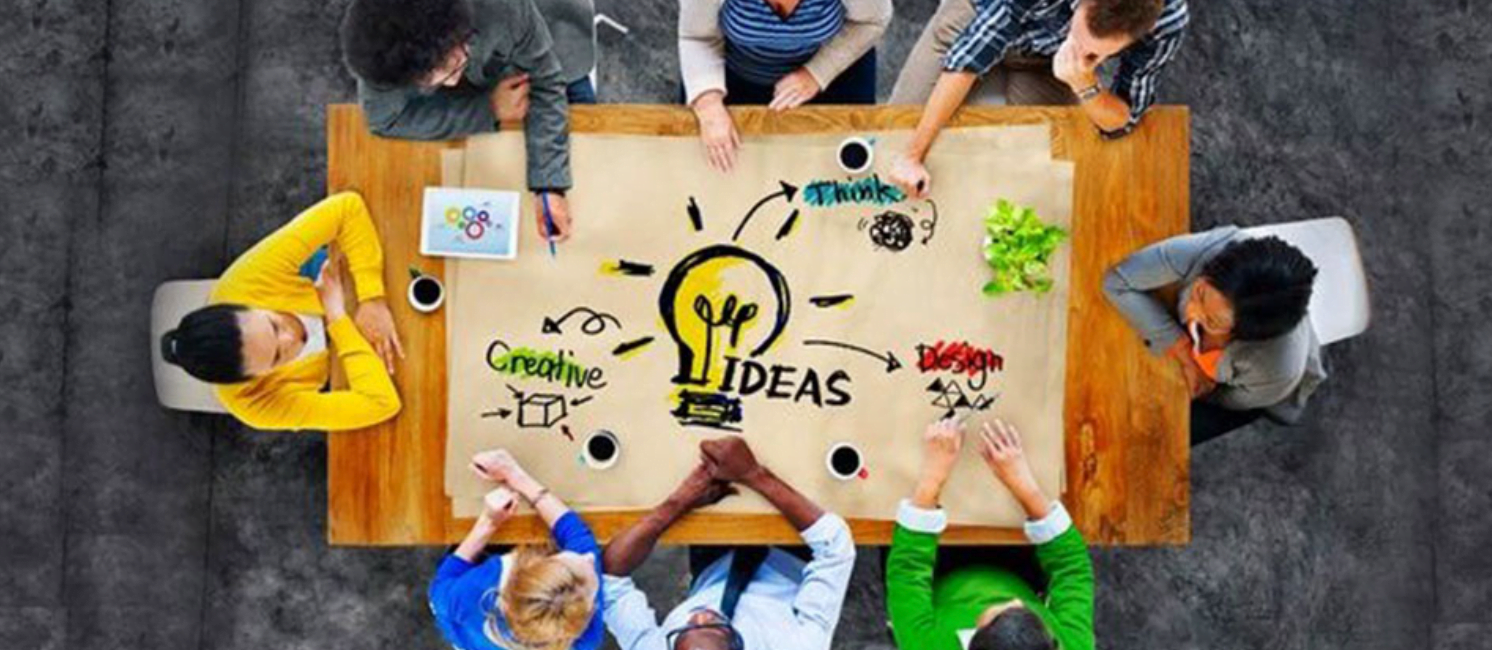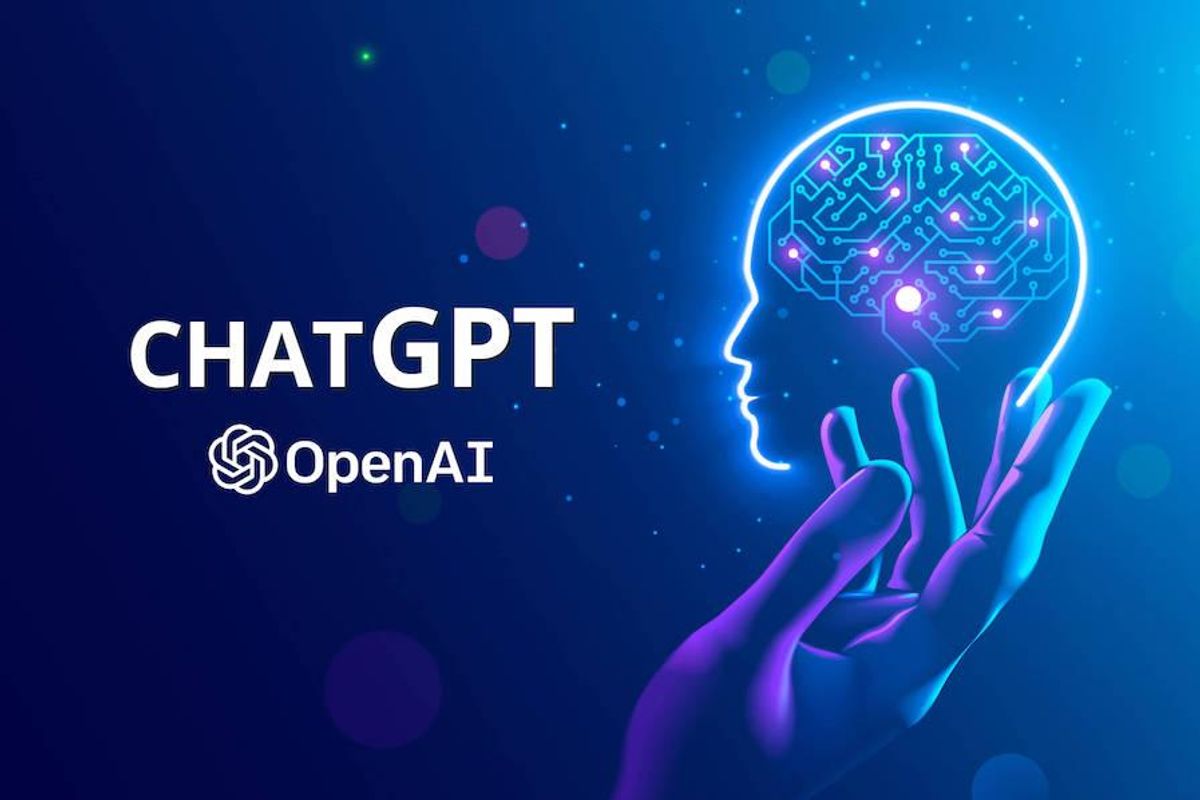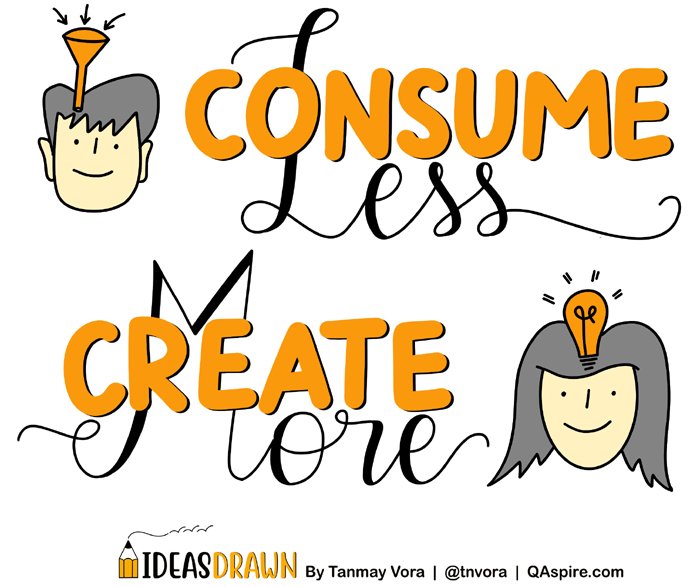Source: MIT Technology Review, Sep 2023
Source: MIT Technology Review, Sep 2023
Posted in AI, Creativity
Site: MIT Technology Review, Jun 2023
“It only takes a few hours on this campus to learn that what propels MIT is an irresistible force: the sheer motive power of curiosity, on every subject, at every scale, across disciplines and without limits.
“It’s the passion to understand how things work, and why, and how they can work better.
“In this perilous moment, I believe that curiosity can give us the hope and courage to do what needs to be done.
“Importantly, curiosity is also the one and only path to understanding one another—to empathy and appreciation and mutual respect. In effect, curiosity is the indispensable first step in both collaboration and community.
Posted in Creativity, MIT
Source: Keith Sawyer blog, May 2023
Ideas flow between people, joining together, in unpredictable combinations–this is the source of surprising new ideas. A new study shows that physical, in-person encounters make it more likely for new creative combinations to result in a patentable invention, a striking example of group genius.
Breakthrough innovations emerge, unpredictably, from a wandering and improvisational process. … Creative ideas emerge from action, from doing things.
The best way to foster creativity is to bring together two very different concepts, what researchers call a remote association. If you combine two similar things, you often get a useful invention, but it’s not that surprising. For example, the Reese’s Peanut Butter Cups combine chocolate and peanut butter to make a tasty snack. But both chocolate and peanut butter were each already tasty (and unhealthy) snacks. The combination isn’t so surprising.
The power of collaboration is that it brings together different people who each have different conceptual material in their minds.

A new study calls these “knowledge spillovers” and finds that chance encounters drive creativity. Chance encounters increase the likelihood of knowledge transfer, and in a very real impactful way–patentable invention.
Posted in Creativity
Source: Scott H Young blog, Feb 2023
… the most important determinant of creative success is simply how much work you produce.
The randomness of creative success favors those who are the most prolific. Price’s Law captures this relationship in scientific output, estimating that half of the research of a given discipline will be produced by the square root of the number of researchers.1 So in a field with 100 contributors, ten will produce half of the published output. If every paper in the field has a roughly equal probability of being cited, these ten highly prolific authors will capture approximately half of all citations in their field.

Posted in Creativity
Source: NY Times, Feb 2023
Just a few years ago, China was on track to challenge United States dominance in artificial intelligence. The balance of power was tilting in China’s direction because it had abundant data, hungry entrepreneurs, skilled scientists and supportive policies. The country led the world in patent filings related to artificial intelligence.
Today, much has changed. Microsoft — an icon of American technology — helped the start-up OpenAI usher its experimental chatbot, ChatGPT, into the world. And China’s tech entrepreneurs are shocked and demoralized. It has dawned on many of them that despite the hype, China lags far behind in artificial intelligence and tech innovation.

“The development of any significant technological product is inseparable from the system and environment in which it operates,” said Xu Chenggang, a senior research scholar at the Stanford Center on China’s Economy and Institutions.
Even before the government started to impose a stronger hand on them, Chinese tech leaders were laser-focused on making money and reluctant to spend on research projects that weren’t likely to yield revenue in the short term. After the government’s onslaught in the past few years, executives are even less inclined to invest in long-term ventures.
the government has been the biggest barrier to A.I. — its obsession with censorship perhaps its heaviest club. The availability of a wide range of data is crucial to developing technology like ChatGPT, and that is increasingly harder to come by in a censored online environment.
The artificial intelligence gap with the United States is expected to keep widening, according to China experts and investors. One factor will be Chinese companies’ access to algorithms, the rules that A.I. tools follow to make language. Many of them aren’t publicly available, so it will take time for Chinese companies to develop them.
For years China bragged that it filed more patent and artificial intelligence patent applications than the United States. But the average number of citations of its A.I. patents — an indication of the originality and importance of its inventions — lagged the United States and many other developed countries between 2020 and 2021 …
For Mr. Xu, the Stanford researcher, this feels like déjà vu. In 1986, he analyzed why the Soviet Union and China lagged the United States and Japan in developing computers. It was clear to him even then that innovation took place when people could pursue their interests and think freely.
He says China could end up as a cautionary lesson in how central control stifles growth and tech innovation, just as it did in the old Soviet Union.
“Historical examples tell us that national mobilization cannot catch up with freewheeling development that comes naturally on its own,” he said.
Posted in Creativity
Posted in Creativity
Source: Thomas Cayne/Quora, Dec 2022
On the right-hand side is Terry Tao.
He was a child Mathematics prodigy beyond most anything what was known before him, he wrote hundreds of papers with many brilliant co-authors which were published in the best journals around, is one of the most-cited mathematicians in the world, and has gathered an astonishing pile of major awards.
Fields medal. Salem award. SASTRA Ramanujan award. Crafoord prize — I could go on and on.
Some have called him the greatest mathematician of the last 100 years.
if we look at the absolute highest level of mathematical research, Tao’s greatest talent is … speed. He is extremely fast, and works like a mathematical organism which is composed of between 5 and 10 absolutely brilliant top-notch mathematicians.
But if you look at the various specialisms in which he has published the most marvelous results, you will see that his (absolutely brilliant) co-authors are (more or less) as brilliant as he is.
The difference is: Tao tops between five and ten different areas in Mathematics — much more than other authors.
Tao is a concatenation of five to ten of the most brilliant mathematical specialists in the world.
also a child mathematical prodigy, crushed many records, published some dozens of papers — much much much much less than Tao ! — all published in the best journals around. And is gathering all the big awards as well.
here is where the story differs.
Almost every single one of his papers are milestones in the specialism it is published in. His Ph. D. thesis literally rocked Mathematics, and it entirely changed Arithmetic in an almost unthinkable way.
To put it differently: if Scholze starts working on a (major) problem or in a (major) specialism, he changes it much more radically than Tao does.
And Scholze essentially does it on his own.
To put it even more differently: you can put ten of the best specialists together to “create Tao,” but even if you put one hundred of the best specialists together, you simply will not create Scholze.
He has a singular mind. He is too original.
Posted in Creativity
Source: Science, Dec 2021
When Thomas Edison hit a wall with his inventions, he would nap in an armchair while holding a steel ball. As he started to fall asleep and his muscles relaxed, the ball would strike the floor, waking him with insights into his problems. Or so the story goes.
Now, more than 100 years later, scientists have repeated the trick in a lab, revealing that the famous inventor was on to something. People following his recipe tripled their chances of solving a math problem. The trick was to wake up in the transition between sleep and wakefulness, just before deep sleep.
“It is a wonderful study,” says Ken Paller, a cognitive neuroscientist at Northwestern University who was not part of the research. Prior work has shown that passing through deep sleep stages helps with creativity, he notes, but this is the first to explore in detail the sleep-onset period and its role in problem-solving.
In this transitional period, we are not quite awake, but also not deeply asleep. It can be as short as a minute and occurs right when we start to doze off. Our muscles relax, and we have dreamlike visions or thoughts called hypnagogia, generally related to recent experiences. This phase slips by unnoticed most of the time unless it is interrupted by waking. Like Edison, surrealist painter Salvador Dalí believed interrupting sleep’s onset could boost creativity. (He used a heavy key instead of a metal ball.)
looking at brain activity, they found that those who napped and were interrupted during the first phase of sleep were three times better at finding the hidden key to the problem than those who remained awake.
Twenty out of 24 of these nappers (83%) found the key, versus only 15 out of the 59 (30%) that stayed awake, the researchers report today in Science Advances.
The creative effect happened even for people who spent just 15 seconds in the first sleep stage. But the trick didn’t work for those who reached later stages of sleep. “Our findings suggest there is a creative sweet spot during sleep onset,” says author Delphine Oudiette, a sleep researcher at the Paris Brain Institute. “It is a small window which can disappear if you wake up too early or sleep too deep.”
The study team also identified a brain activity pattern linked to the creativity-boosting phase:
moderate levels of brain waves at a slow frequency known as alpha, associated with relaxation, and low levels of delta waves, a hallmark of deep sleep.

Posted in Creativity
Source: Fast Company, Aug 2021
<backdated>
if we were at our best, we’d be working across, among, and between art, science, engineering, and design. It’s always been a fascination of mine. So why the Media Lab? I can’t imagine a better place in the world to explore and be immersed in this trans-disciplinary thinking.
That’s the magic, the genius, that means our entire community. Everyone does bring a sparkle, something unique we can all learn from.
we can focus on all types of amazing things. But of those technologies and experiences we’re inventing, what will have the largest impact for society?
This is a playful place. And it needs to be. Play brings out some of the best in us in terms of taking risks, trying this, trying that. It’s not linear thinking. You have to give yourself time to think and be creative.
This is a lab of possibilities. We have to know what we want to be in the future. And what problems we want to solve as well.

As [we develop] technologies and experiences for humanity, we have to think about, What are the future of governances around them? One example is our digital currency initiative. It’s amazing, but if you are going to have impact, it’s like you have to develop policy with tech.
We’re identifying, What are the tough challenges here? We’ll play in that space. If we get it right, we can hopefully have the most impact for society.
[I have] an AI platform engine curating petabytes of climate data I get every day from satellites . . . but what if you are immersed in that data, interacting with it? What if it’s education, but it’s tangible?
Posted in Creativity, Innovation
Source: TJCX blog, Aug 2019
I think that’s what creating is like. You need to write 500 words to get three good ones. Or 500 sketches, business ideas, or recipes. If you’re really really good, you can increase your overall conversion rate from 0.6% to 1%—but the most reliable way to get better results is to just produce more crap.
So I kept at it. week after week. Sometime in the middle of the fourth week I had 3,000 words in my Notes app. That’s when I started editing.
Editing is hard because you realize how bad you are. But editing is easy because we’re all better at criticizing than we are at creating.
The good thing about forcing yourself to produce a bunch of garbage is that you don’t feel bad deleting it. You’re not married to any of your work, because you wrote it half-awake on the 1BX while some crazy dude negotiated his fare with the driver. I gleefully deleted hundreds of words, trying not to think about the neanderthal who must’ve written them.
It was exactly a month after I started this creative project that I finished this first essay. I read it over for the bazillionth time and thought this only a small tire fire.
In it’s final form, the essay was almost exactly 1,600 words. I called it Consume less, create more.
Most knowledge worth having comes from practice. It comes from doing. It comes from creating. Reading about the trade war with China doesn’t make you smarter—it gives you something to say at dinner parties. It gives you the illusion that you have the vaguest idea what is happening in our enormously complex world.
Our voracious consumption of media parallels our consumption of fossil fuels, corn syrup, and plastic straws. And although we’re starting to worry about our consumption of those physical goods, we seem less concerned about our consumption of information.
We treat information as necessarily good, and comfort ourselves with the feeling that whatever article or newsletter we waste our time with is actually good for us. We equate reading with self improvement, even though we forget most of what we’ve read, and what we remember isn’t useful.
So stop reading and start creating. Paint, draw, compose, code, or plan. It will be hard. It will be slow. It will be frustrating. But I promise it will be worth it.

Posted in Creativity